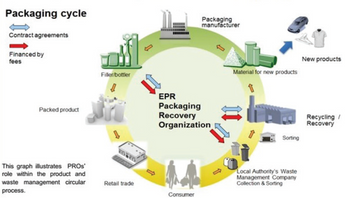Electrospray Deposition for Thin Film Composite Membrane Manufacturing
Presented by Jeffrey McCutcheon, University of Connecticut
Making membranes today requires manufacturing processes that can create exceedingly thin films (less than 200 nm) that are defect free. Conventional roll-to-roll (R2R) processes cannot always achieve such thin films from a wide variety of materials. One exception is interfacial polymerization, which is used to make modern reverse osmosis membranes. This process has been adapted to R2R, but is limited to only a one material (aromatic polyamide) and its derivatives. Traditional casting and extrusion lack the ability to make ultra-thin films from relevant polymer materials without defects.
We present a new approach to making thin film membranes by electrospray deposition. Electrospray offers exceptional control of chemistry, thickness, and roughness compared to casting processes. Furthermore, the process can make ultra-thin films from any solution processable polymer. In this presentation, we present the use of this process for making membranes for reverse osmosis, nanofiltration, gas separation, and ion conduction. We also demonstrate the potential for scale up. We hope to receive critical feedback from the industrial R2R community about using this technique as well as identify other use cases for this emergent membrane manufacturing processes.
This post is for paying members only
SubscribeAlready have an account? Log in

